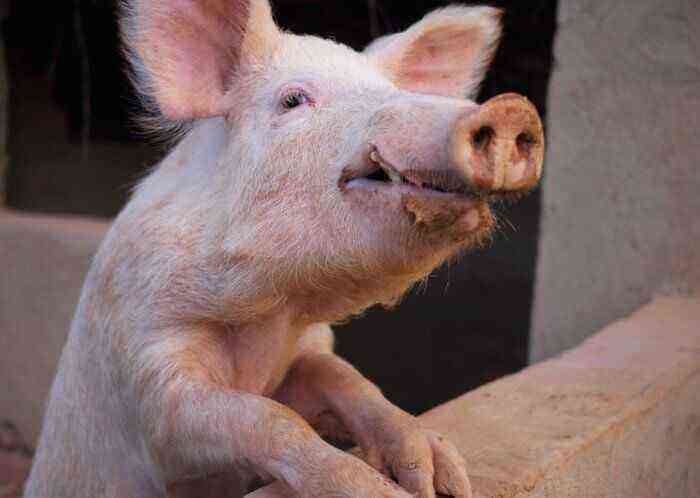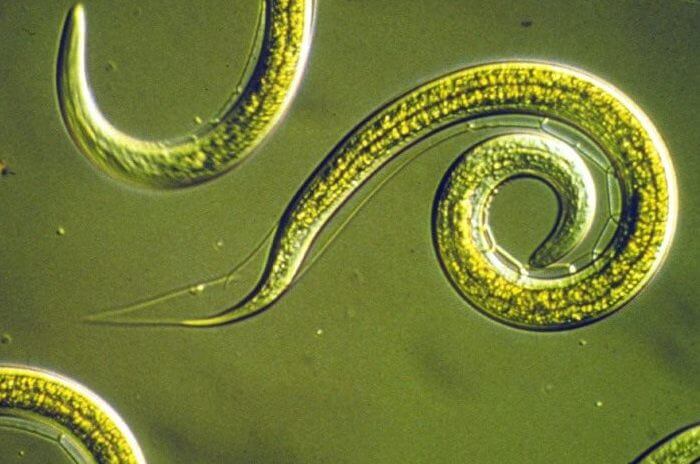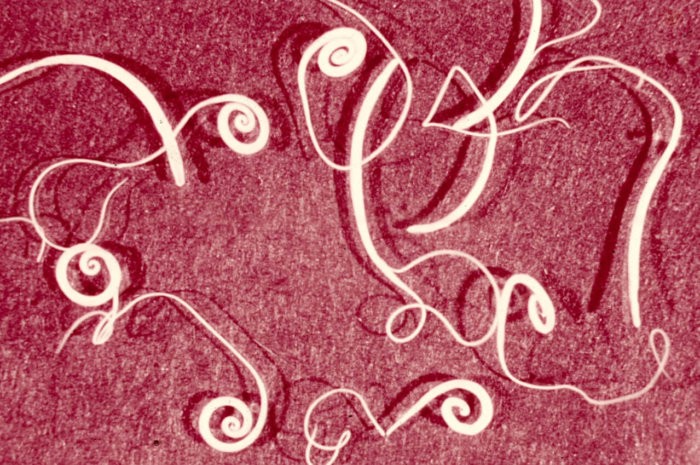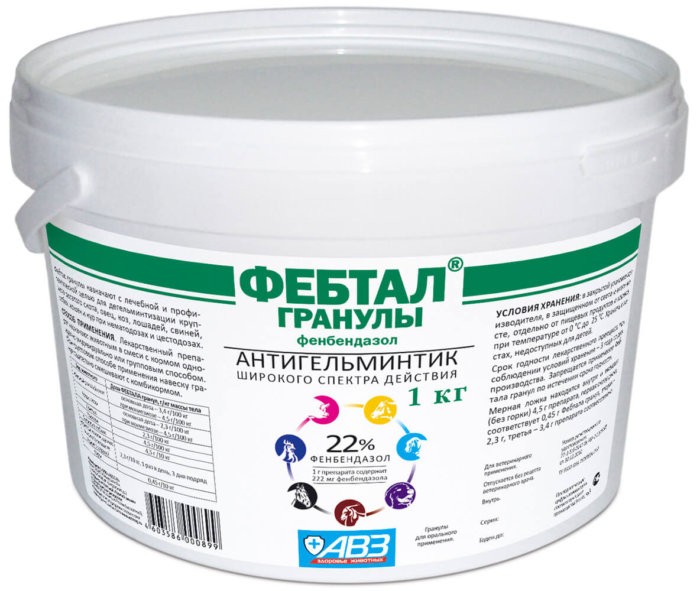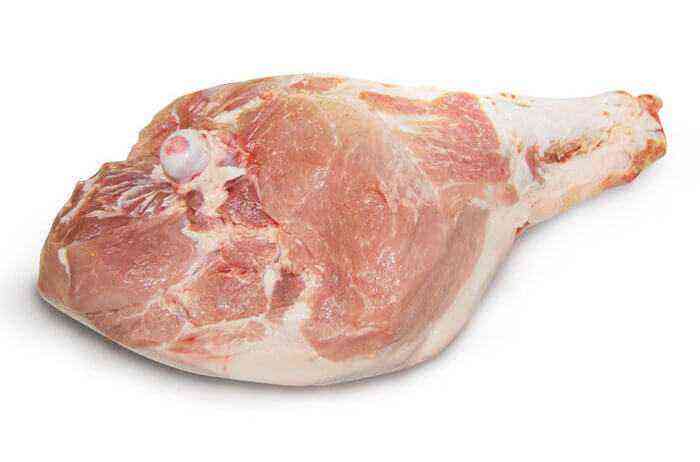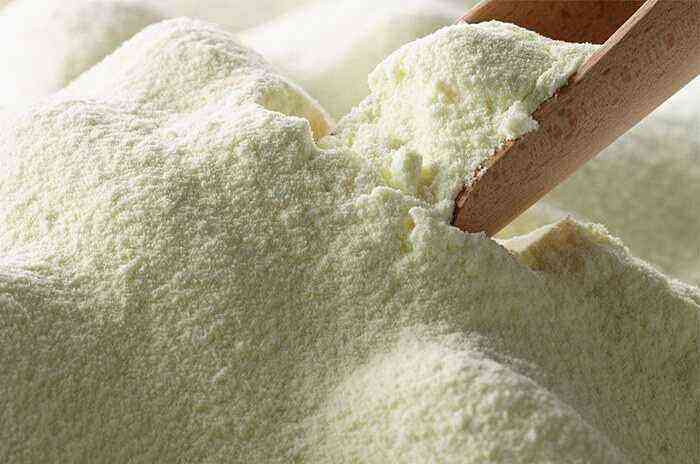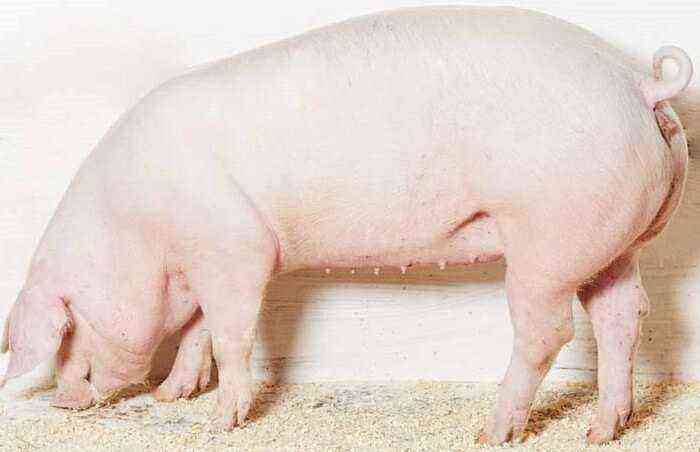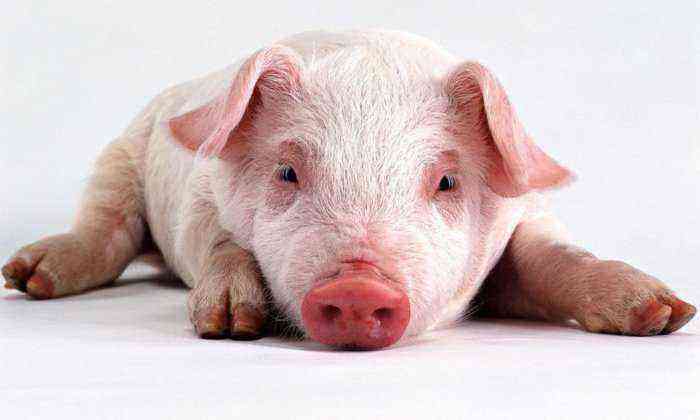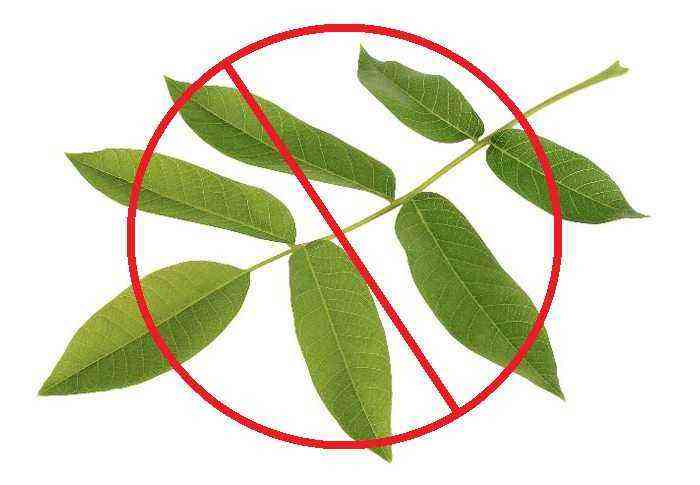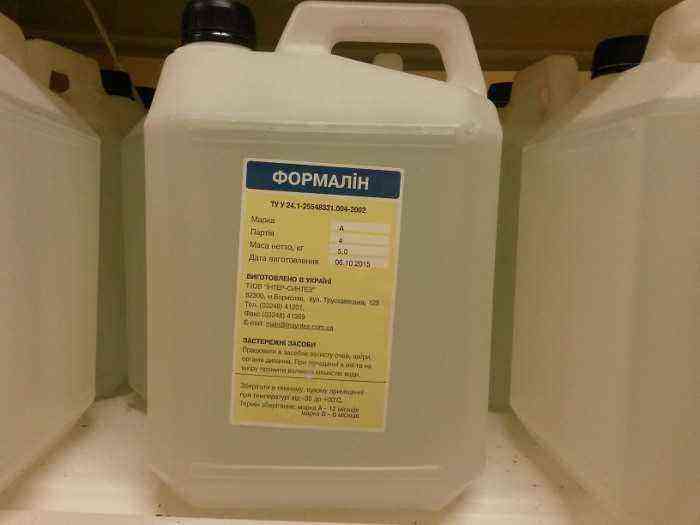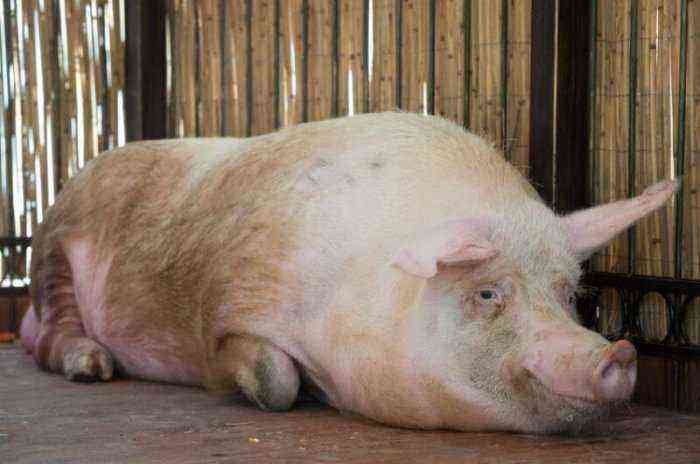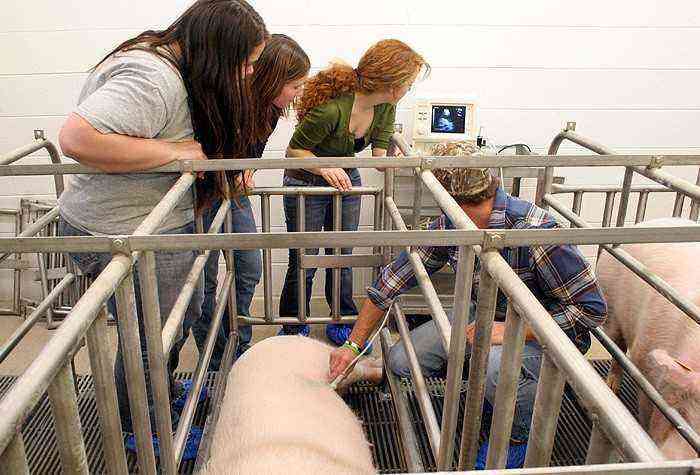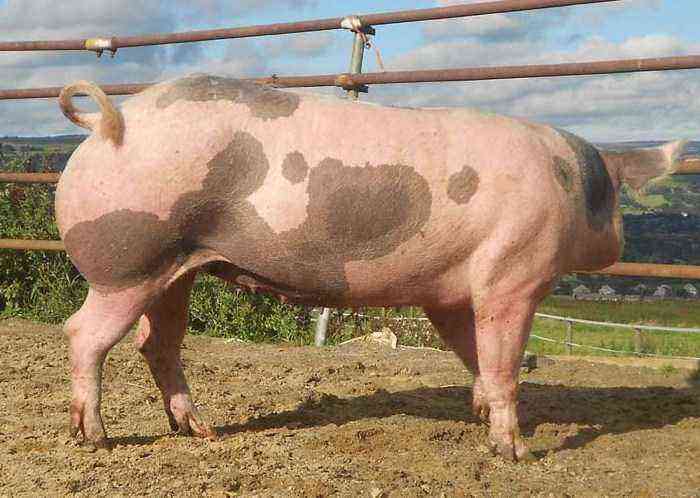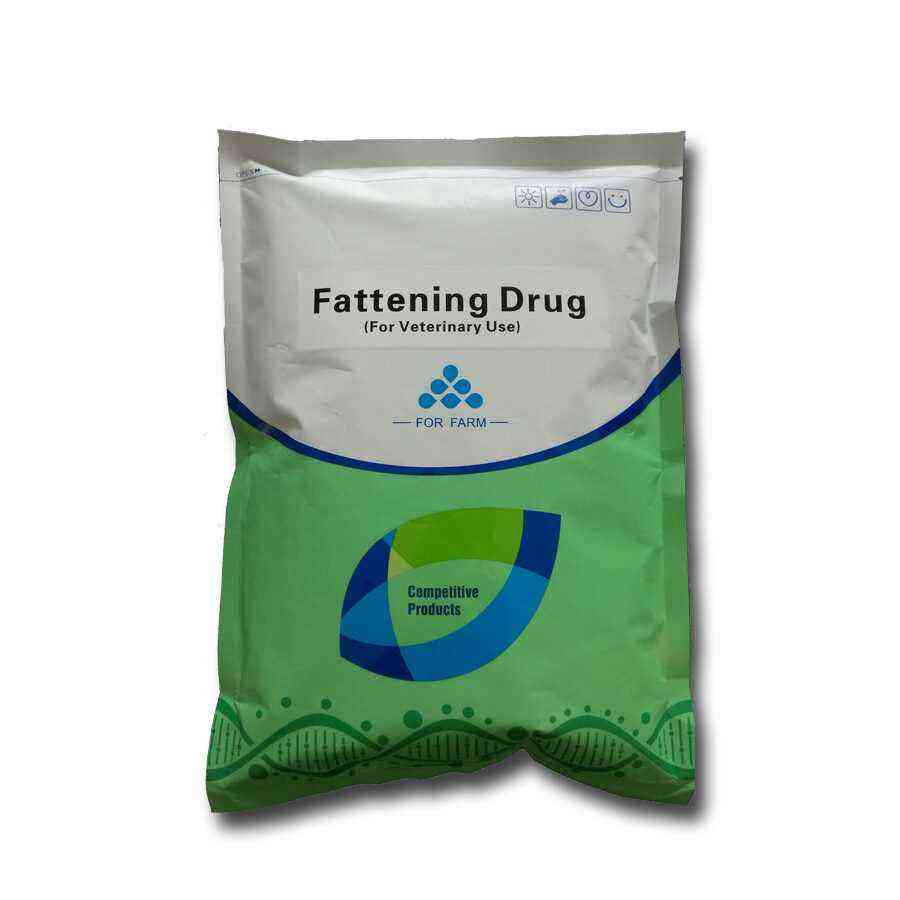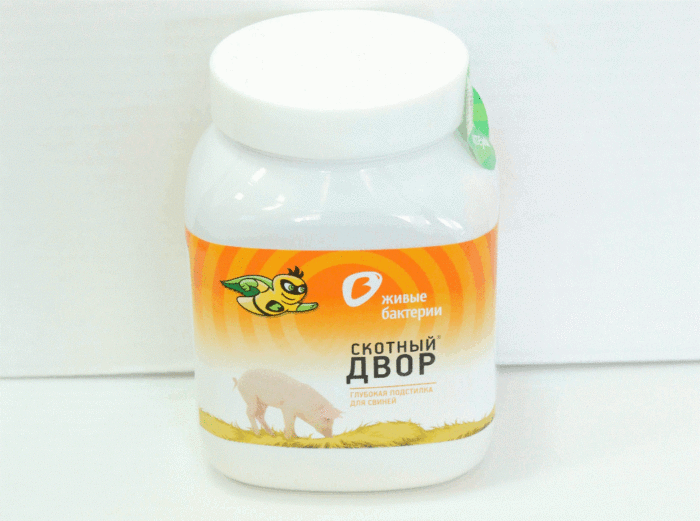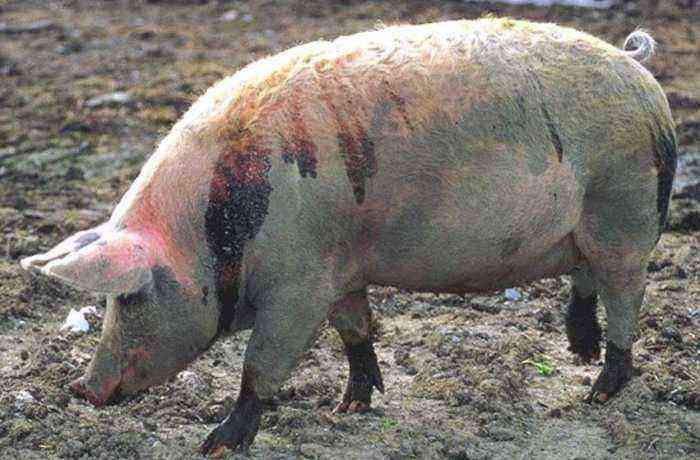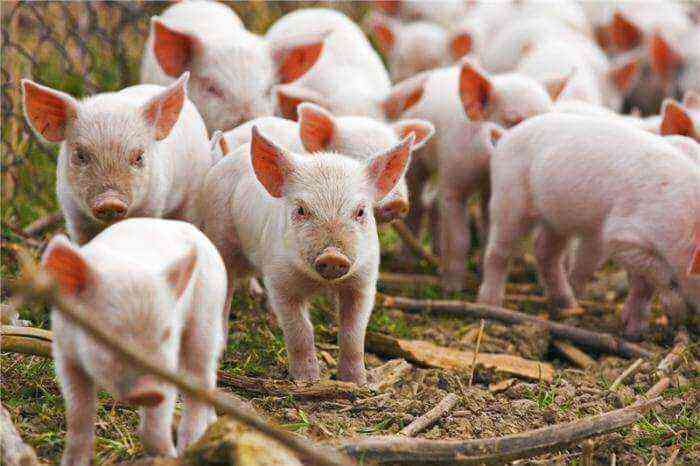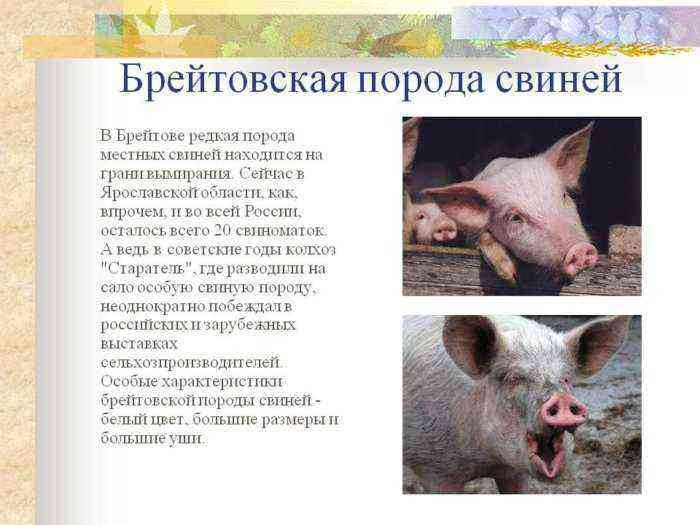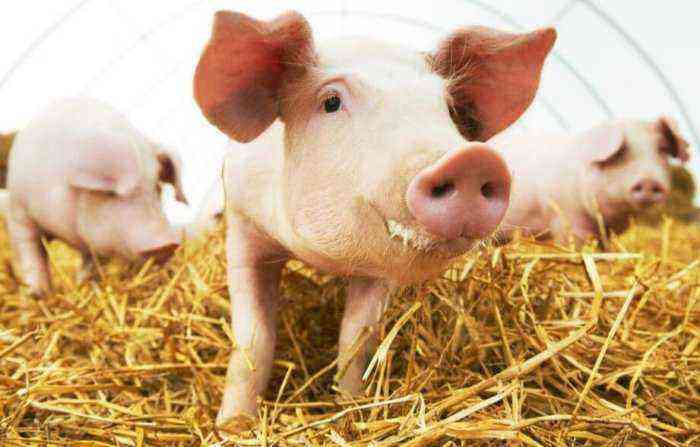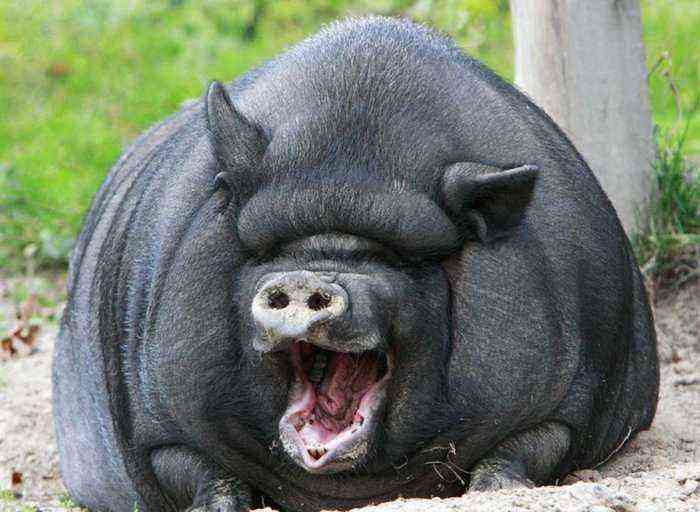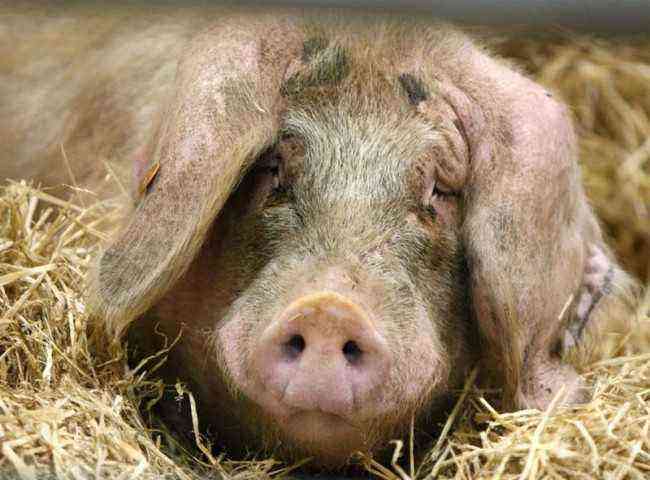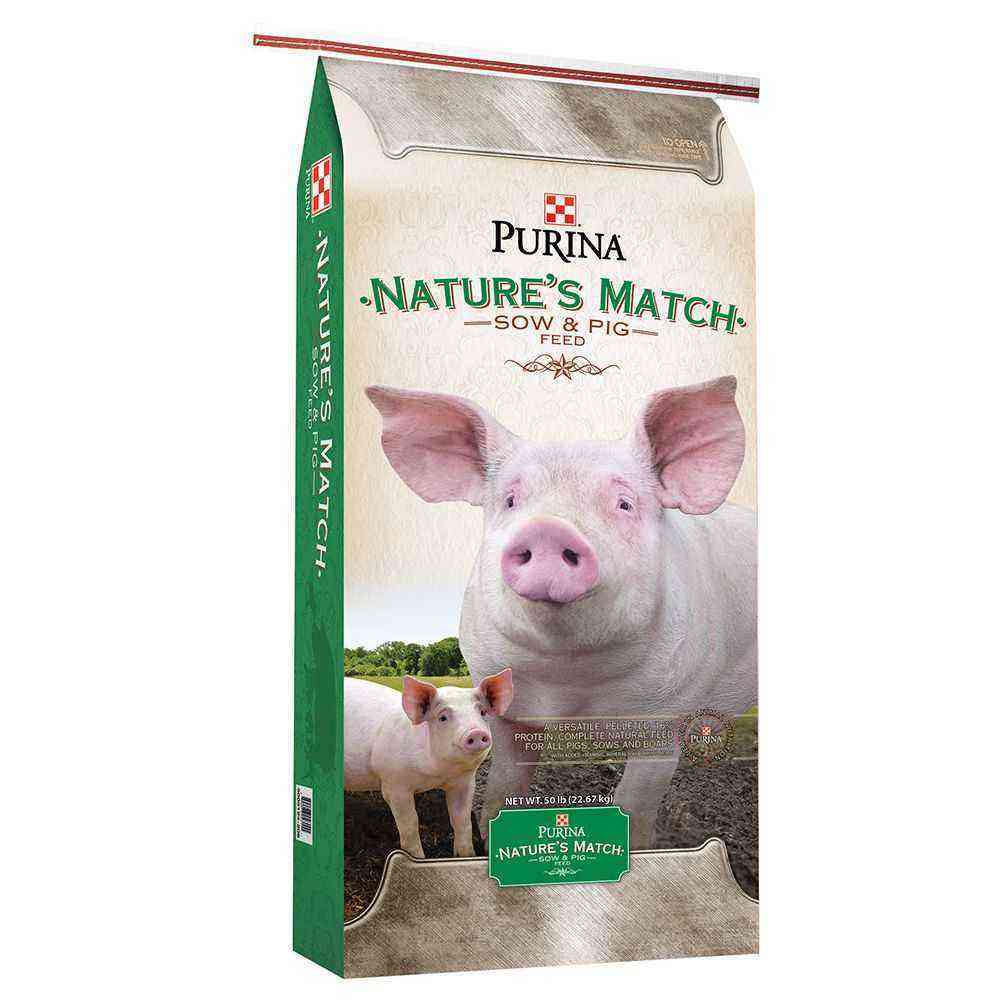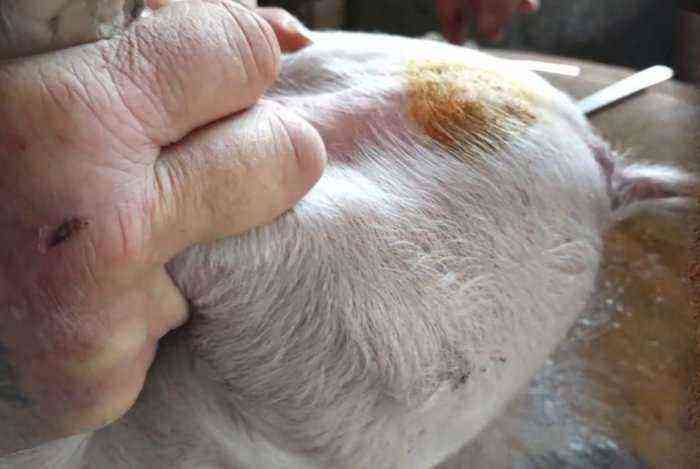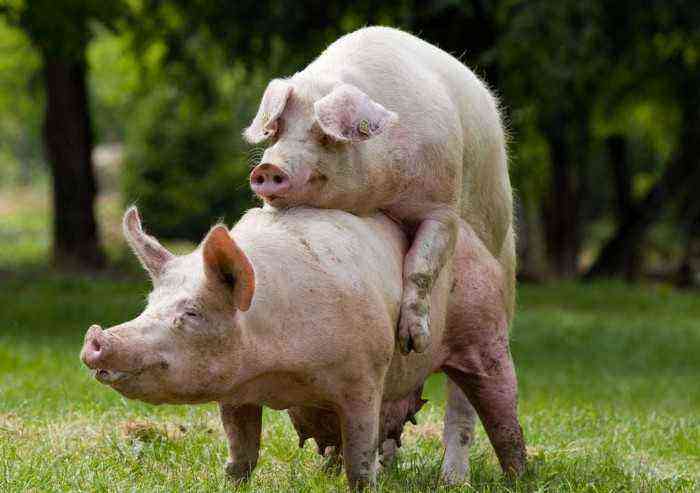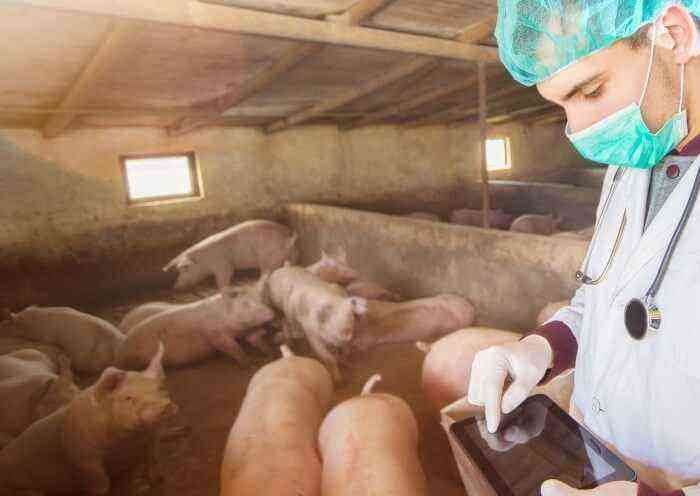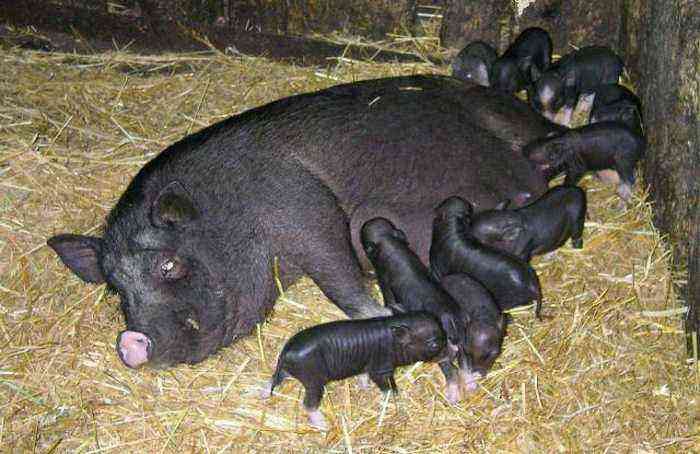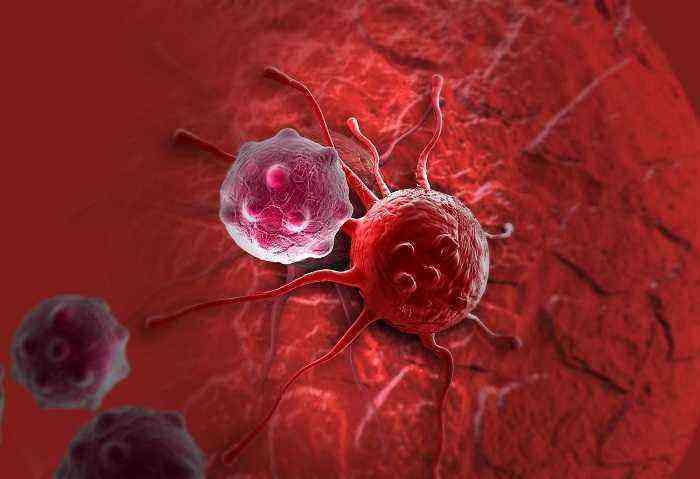Worms in pigs and piglets lead to metabolic disorders, allergies and weight loss in animals. Various types of helminthiases can also be transmitted to humans, and therefore farmers need to carefully monitor the health of their pets. Signs and symptoms of infection, varieties of helminthiasis and methods of their treatment will be discussed further.
Pigs infected with worms
Causes of appearance
Infection of pigs with worms occurs most often through the alimentary route, that is, through the mouth. Animals swallow eggs of parasites along with food – grass in the pasture. Eating food and drinking water that has been in contact with the faeces of infected animals is the main cause of helminthic infestation in piglets and adult pigs. With mineral deficiency, pigs eat the soil, and there may be worm larvae in it. Suckling piglets are often infected by parasites from their mothers by licking helminth eggs from their teats.
When buying young animals from unfamiliar farmers from the hands, one cannot be sure that they are not infected with some kind of worms. Therefore, it is customary to treat all newly arrived animals on the farm with anthelmintic drugs so that they do not become a source of infection for other inhabitants of the farm. It is important to be careful in order to detect alarming symptoms in time and start treatment immediately.
Symptoms and signs of worms
Some people make the mistake of thinking that worms are easy to find in animal feces. It is not always so. Only a few varieties of worms live in the intestines, others can settle in the liver, lungs, bronchi, brain and other organs. In the fecal massage of animals, sometimes it is possible to detect only ascaris, which are distinguished by their large size – their length reaches 40 centimeters. Most types of parasites go unnoticed. One can only guess about their presence in the body of an animal by analyzing the behavior of pets and their state of health.
Consider the main signs of worms in pigs:
Exhaustion of a pig due to worms
- loss of appetite;
- poor weight gain or even exhaustion;
- anxiety – animals rub their backs on the floor, sleep poorly;
- cough – often parasites penetrate the nasopharynx of animals, irritating it, or affect the respiratory system;
- the temperature is slightly elevated;
- hoarse grunting;
- dyspnea;
- disorders of the nervous system;
- digestive disorders.
Attention! In some cases, pigs become lethargic, and sometimes they show aggression.
Types of worms
There are many types of worms, all of them are dangerous. Penetrating into the body of an animal, parasites take away nutrients, vitamins, and in return they excrete the products of their vital activity. An infected animal suffers from intoxication and quickly loses weight. Consider what types of helminthiases are most common in pigs.
Nematodes
nematode parasites
Roundworms are nematodes. They are characterized by the fact that the full cycle of their development occurs in the body of the host. There are many types of nematodes, however, most often they parasitize in the body of pigs:
- ascarids;
- trichinella;
- metastrongyls.
Roundworms parasitize not only in the intestines, but also in other organs – bronchi, lungs, causing symptoms similar to bronchopneumonia. Let’s consider each type of nematode for acquaintance, we will study the symptoms of infection with these parasites.
Ascaridosis
Roundworms are large roundworms that affect mainly the small intestine, in rare cases, the bile ducts. Helminth eggs enter the body of piglets with food – grass or water. Ascaris larvae migrate through the bloodstream of the animal, getting into the lungs, bronchi, larynx, mouth, after which the pig swallows them. Having settled eventually in the intestines, roundworms grow.
Reference. An adult female is capable of producing more than two hundred thousand eggs per day!
Sick piglets burrow into the litter, grind their teeth, sometimes they have convulsions, but most often a dry and then a wet cough appears first. With ascariasis, a rash can occur on the body of pigs, and there are often digestive disorders such as diarrhea or constipation.
Trichinosis
This type of helminthiasis is caused by nematodes belonging to the genus Trichinella spiralis. Their full development cycle occurs in the body of the host – the pig. Infection occurs by eating meat infected with encapsulated Trichinella larvae. Once in the stomach of the animal, the protective shell of the capsule is destroyed, a larva comes out of it, which then penetrates into the duodenum. In a matter of hours, she turns into an adult.
Trichinella spiralis
Sexually mature individuals are fertilized, after which the males die. Females are introduced into the intestinal mucosa. Within a week, they give offspring – larvae, which are transferred to the muscles through the circulatory and lymphatic systems. There they grow, curl up into a spiral, a capsule forms around the larvae.
Reference. Live larvae can survive in muscle fibers for up to 25 years.
The disease manifests itself:
- fever;
- the appearance of a rash;
- edema;
- muscle inflammation;
- severe intoxication.
Metastrongylosis
This disease is caused by nematodes belonging to the genus Metastrongylus elongatus. These are small thin worms – the length of males reaches 2,5 cm, females – 5 cm. The development cycle occurs with the participation of an intermediate host – an earthworm. Metastrongyl eggs enter the intestines of worms when they eat soil. Pigs swallow earthworms, after which infective matestrongyla larvae appear in their intestines. They are introduced into the intestinal mucosa, from where they penetrate through the bloodstream into the bronchi, where they develop. It is in the bronchial tree that the larvae reach sexual maturity and begin to multiply. Further, the larvae are excreted with sputum into the pharynx, swallowed again and enter the intestine.
Signs of infection are:
- cough;
- flow of mucus from the nose;
- labored breathing;
- diarrhea.
- intoxication of the body – lethargy, loss of appetite.
Attention! Metastrongyl larvae often cause blockage of the bronchi.
Finnoz (cysticercosis)
This disease is caused by Finns (cysticerci) parasitizing in muscle fibers, which are a translucent vesicle up to 9 mm in length and up to 6 mm in width. They are larvae of the cestode Taeniarhynchus saginatus. Inside the capsule is fluid and a scolex with several suction cups. Parasites affect mainly the skeletal muscles and heart of pigs.
Cysticercosis in pigs
Pigs become infected with finnosis by eating grass or swallowing together with fragments of soil cestode larvae, Finns. In the external environment, they are excreted with feces by a person in whose body a tapeworm parasitizes. That is, pigs are the intermediate host of cysticerci. In humans, the cestodes Taeniarhynchus saginatus parasitize the small intestine.
Symptoms of the disease in pigs almost do not appear, so it is very difficult to identify them during life. The invasion is found most often after the slaughter of livestock during the passage of a veterinary and sanitary examination of carcasses.
Scrape
Another type of helminths is acanthocephalans. They parasitize in the intestines, attaching to its walls with the help of hooks. They enter the body of a pig at the stage of eggs. Intermediate hosts of acanthocephalans are rhinoceros beetles, May beetles, bronze beetles. They swallow the eggs of the worms along with the soil. Insects develop inside. Having swallowed a beetle, in the body of which there are acanthogo eggs, the pig becomes infected with helminths. The larvae attach themselves to the mucous membrane of the small intestine. After 2,5-3 months they become capable of reproduction.
Symptoms of macracanthorhynchosis in pigs:
- severe exhaustion;
- anemia;
- bloody diarrhea;
- oppression;
- stomach ache.
Attention! Acanthocephalans can kill an animal, as they often cause blockage of the small intestine or perforation, which leads to peritonitis and the formation of abscesses.
Treatment of helminthiasis in pigs
If helminthic infestation is suspected in piglets or adult pigs, it is important to start treatment immediately. It should be understood that most types of helminthiases are dangerous to humans. Having found alarming symptoms in an animal, you need to call a veterinary service worker, because he must determine what type of helminthiasis the pig suffers from. Treatment can be carried out with the help of special medicines and folk remedies. The first way is much more efficient than the second.
Preparations and tablets
The most effective in the treatment of various types of helminthiases in animals are drugs based on albendazole and fenbendazole. They are available in the form of powder, suspension, tablets and injections:
Febtal
- Febtal;
- Cestal;
- Brovadazole;
- Oxylur;
- Panakur;
- Dirofen;
- Alben;
- Albentabs;
- Atazolsept;
- Pratazole;
- Nilverm (injections from worms for pigs) – injected subcutaneously.
These drugs are effective against most types of nematodes, cestodes, trematodes, tapeworms and their larvae. Before using medicines, you should consult a veterinarian and carefully study the instructions. Each of these drugs can cause side effects – drowsiness, apathy, however, the condition of the animals soon improves. Anthelmintic treatment is carried out twice.
To give the piglet tablets from worms, they are first crushed and mixed into a small portion of the feed. It is important that the animal exactly eats it. If a group of animals is being treated, it is easier to use drugs in the form of a powder, which is mixed with a certain amount of food.
The daily portion of feed on the day when deworming is carried out is reduced by half, and after taking the medicine, the pigs are not allowed to eat for several hours (5-7).
The most effective against helminths are drugs in the form of injections. When using them, you can be sure that the sick individual received the necessary dose of the substance.
Attention! Some anthelmintic drugs are not suitable for piglets under 2 months of age and pregnant pigs.
Folk remedies
Of the folk remedies, garlic and tansy grass are considered the most effective. However, it is better to use them for the prevention of helminthiases, and it is still worth treating sick individuals with drugs. Garlic is introduced into the diet of pigs every day. It is enough for piglets to eat up to 50-100 grams of vegetables along with food.
Tansy is effective against worms
The tansy plant is also used to treat worms in pigs. Small piglets weighing less than 30 kilograms are given one teaspoon of dried grass every day.
Note. During anthelmintic treatment and after it, it is not recommended to release pigs from the pen for several days. Their feces must be collected and burned, and the room should be disinfected.
Worms in piglets are a dangerous phenomenon. Parasitic worms in the body of a young animal deprive the growing body of nutrients, weaken the immune system, and cause intoxication. All this leads to exhaustion, and sometimes to the loss of livestock. For the farmer, this situation is disadvantageous, so it is important to learn to recognize the signs of infection with worms and take immediate action. Treatment of helminthiases should be prescribed by a veterinarian, and the owner of the farm should follow all his instructions and deworm the livestock in a timely manner.
